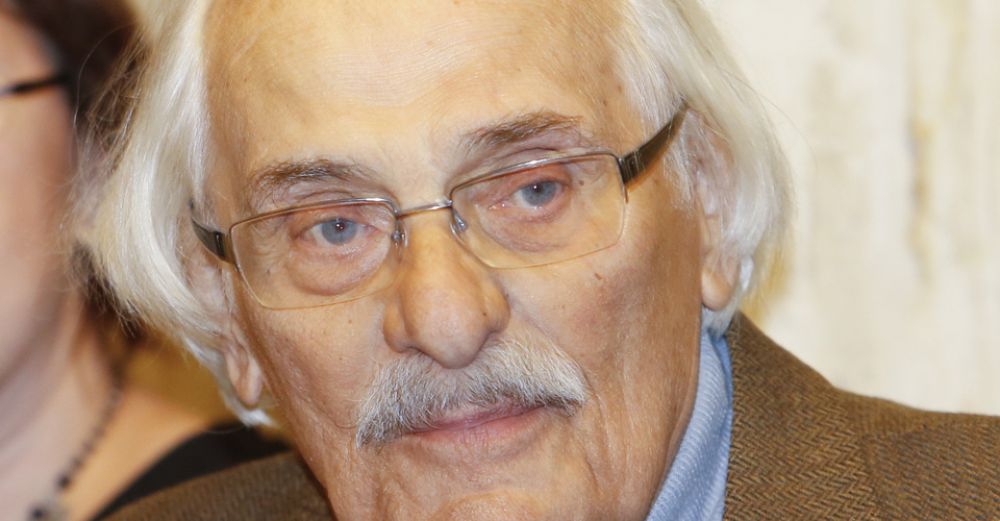- News
- Events
- Oneg Shabbat
- Collections
- Research
- Exhibitions
- Education
- Publishing Department
- Genealogy
- About the Institute
- Bookstore


2nd August marks the 70th anniversary of the outbreak of the uprising in the Treblinka extermination camp. The signal for the start of the action was an explosion of a grenade thrown onto a barrack of German guards as well as setting fire to the fuel tank. “Not far from the garage a column of fire was in the air,” recalls the last surviving Treblinka prisoner Samuel Willenberg, “In the evil kind of dance the German barracks were burning. Dried pine branches woven into the fence glowed like a snake, which drags behind its fiery tail. The whole Treblinka was in flames.“ The insurgents were armed with guns taken from the guards as well as axes and other tools that the prisoners had used before to do the forestry work.
“From about 800 prisoners remaining then in the camp, at most 300 escaped through the fence and barbed wire surrounding the camp. When we reached the fence, we saw a terrible sight”, wrote Willenberg.
“A lot of scattered corpses. Among the tank barriers stood, upright as monuments, killed prisoners. A human mass forming a kind of bridge was lying on the barbed wires and barriers. The refugees were almost immediately chased after by the Germans and Ukrainian auxiliary troops. Only sixty-eight prisoners managed to escape and see the end of the war.”
In 1943, the Germans, trying to cover all traces of their crimes, began burning the corpses excavated from the mass graves. In November, the camp in Treblinka was closed completely. All the facilities and buildings had been pulled down, and the area was ploughed and then sown with lupine.
Since 23rd July, 1942, when the first transport arrived at Treblinka with the Jews from the Warsaw Ghetto to November of the following year over 800,000 people had been killed.